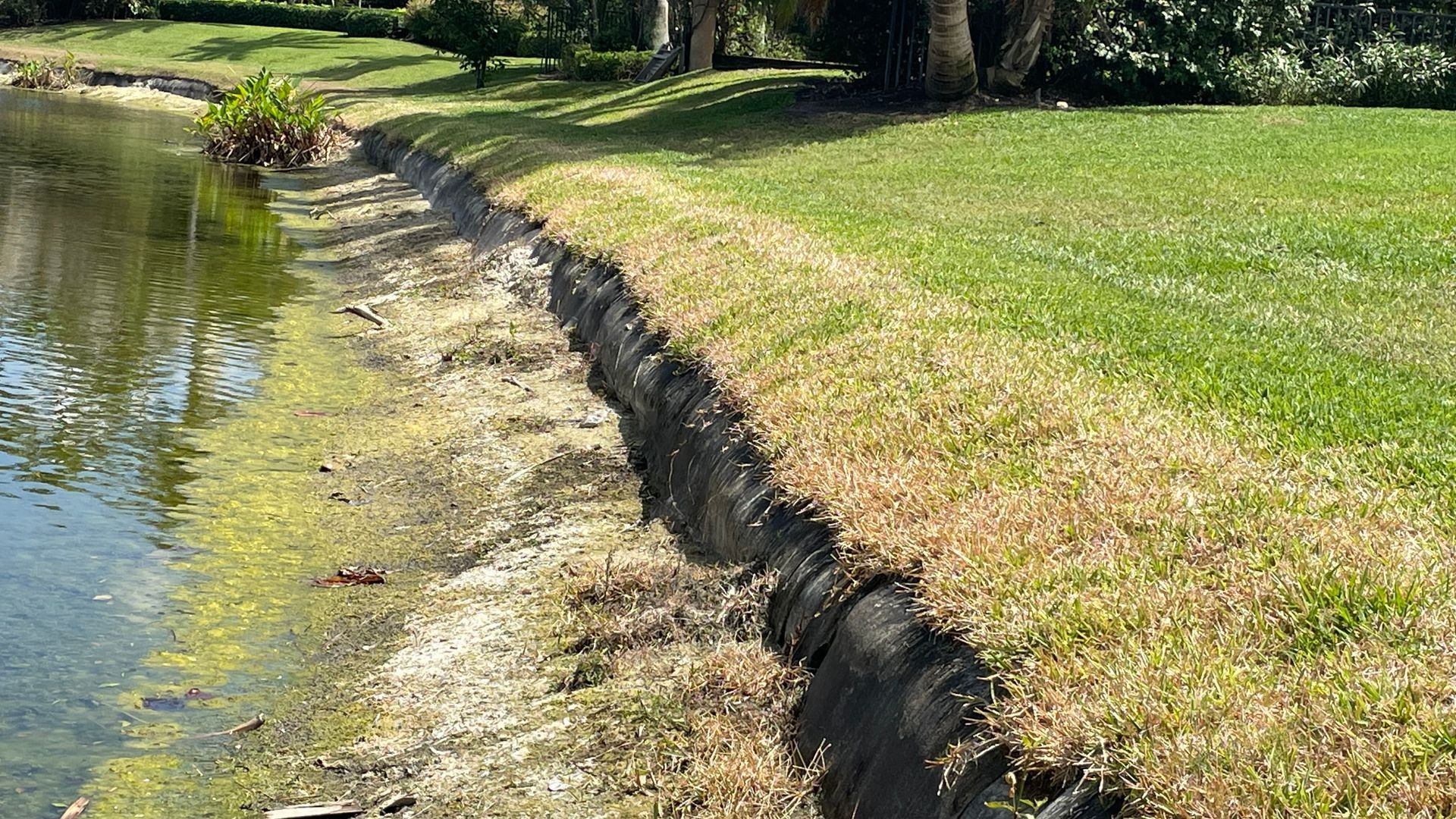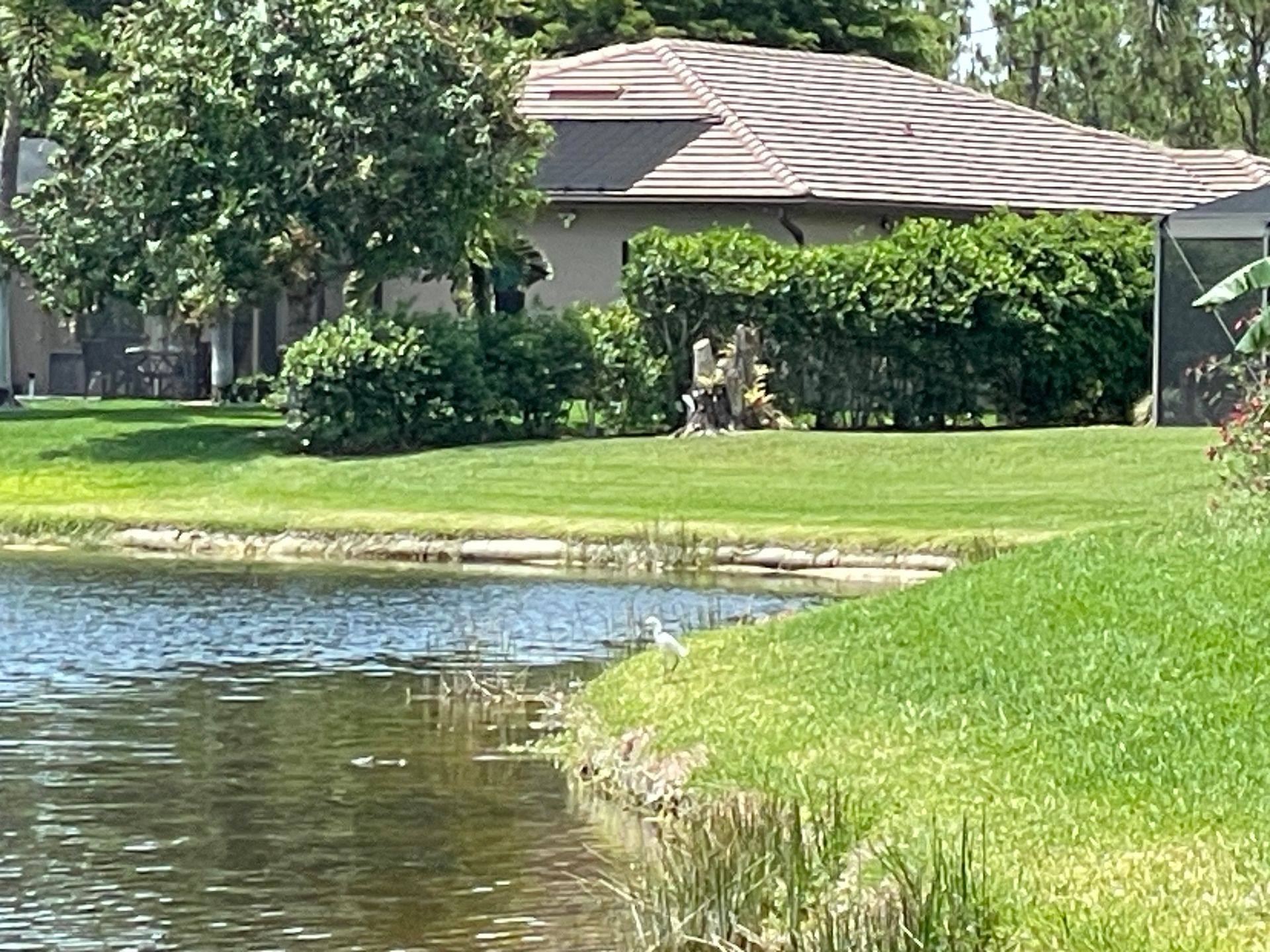Lakes with Specific Volumes
Engineers are the ones that determine the volume that lakes (or retention/detention ponds) need to be in planned communities in Florida through a comprehensive analysis of several factors. This process involves hydrologic and hydraulic calculations, regulatory requirements, and specific site conditions. The first factor is Hydrologic Analysis in which Engineers use historical rainfall data to determine the amount and intensity of rainfall events that the system needs to handle. This data is often provided by government agencies such as the National Oceanic and Atmospheric Administration (NOAA). Secondly, watershed characteristics help determine the size, shape, land use, and soil type of the watershed (the area that drains into the lake) are analyzed. This helps determine how much runoff will be generated during a storm (using a period of years as an average). Rain runoff coefficients are different on each land surface (e.g., asphalt, grass, rooftops) and generate different amounts of runoff. Engineers assign runoff coefficients to various land uses within the community to estimate the total runoff. A hydraulic analysis looks at peak flow calculations. They calculate the peak flow rate which is the maximum rate at which stormwater will enter the lake. The volume of the lake must be sufficient to store the runoff from design storms (e.g., a 25-year or 100-year storm event). This involves calculating the required storage volume to ensure that the lake can hold the water without causing flooding.
Regulatory Requirements
Engineers must comply with local, state, and federal stormwater management regulations. In Florida, the Department of Environmental Protection (DEP) and various Water Management Districts (e.g., South Florida Water Management District) provide guidelines and requirements for stormwater systems. Regulations typically specify design storm criteria, such as the volume of runoff to be managed based on certain storm events. Engineers design the lakes to meet or exceed these criteria. Soil permeability and the presence of high groundwater tables influence the design of stormwater lakes. Engineers conduct soil tests to determine infiltration rates and groundwater levels. Also, the presence of existing lakes, rivers, or wetlands can impact the design and volume requirements of new stormwater lakes.

Environmental Considerations
Engineers design lakes to not only manage stormwater quantity but also to improve water quality. This involves incorporating features like forebays for sediment capture, vegetative buffers, and aquatic plants. The design must consider the ecological impact on local wildlife and vegetation, ensuring that the lake supports a healthy ecosystem. Often, this initial design does not take into account any erosion control or shoreline stabilization systems along the lakes or ponds… this is to be addressed later on, usually only after the erosion has become a problem. That is why it is important to include erosion control in any reserve study that is done by the community.
The final design must be reviewed and approved by regulatory agencies to ensure compliance with all relevant standards and requirements. By carefully analyzing these factors, engineers can determine the appropriate volume for stormwater lakes in planned communities, ensuring effective flood control, water quality improvement, and regulatory compliance.
Recent Posts






